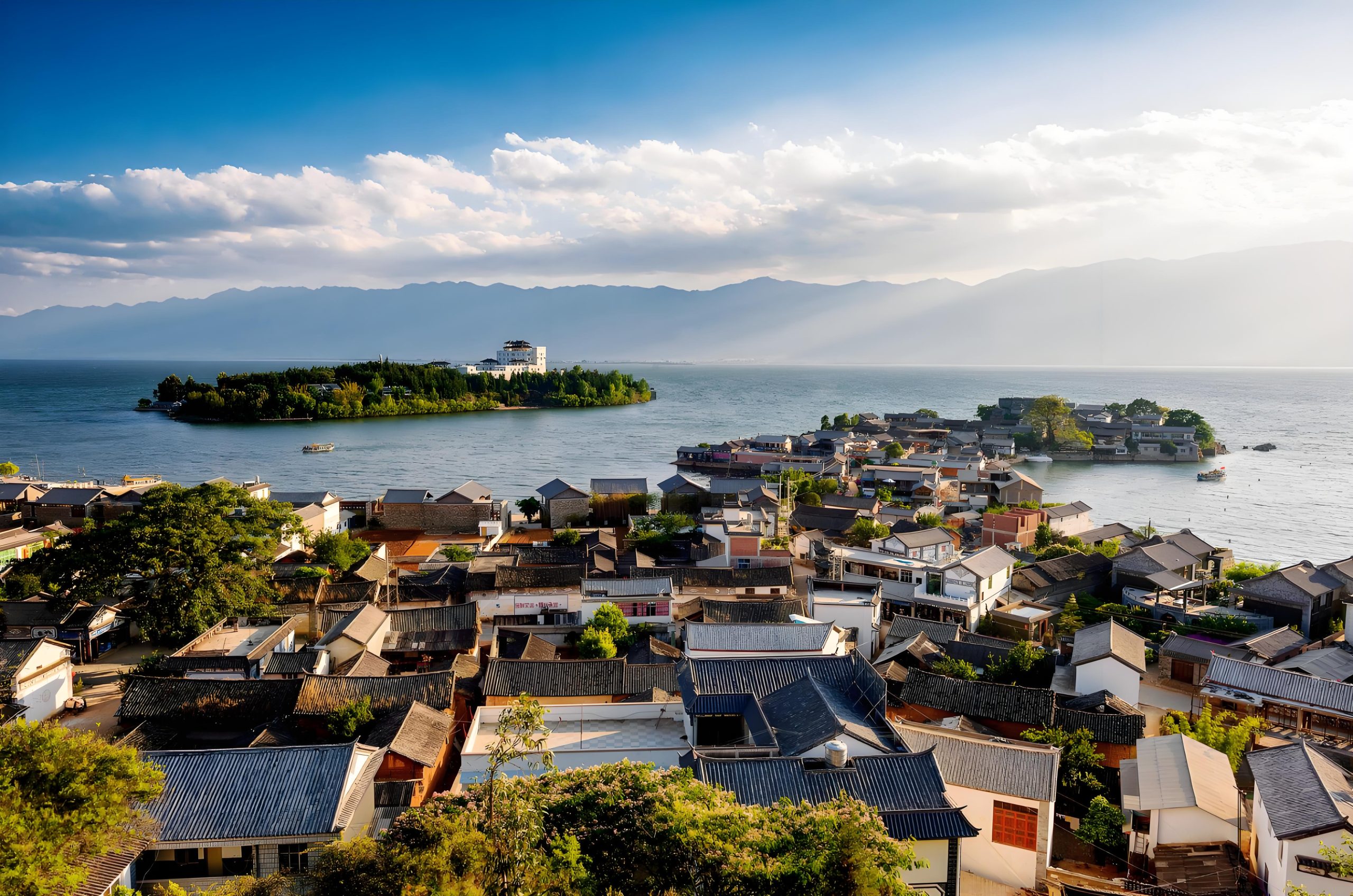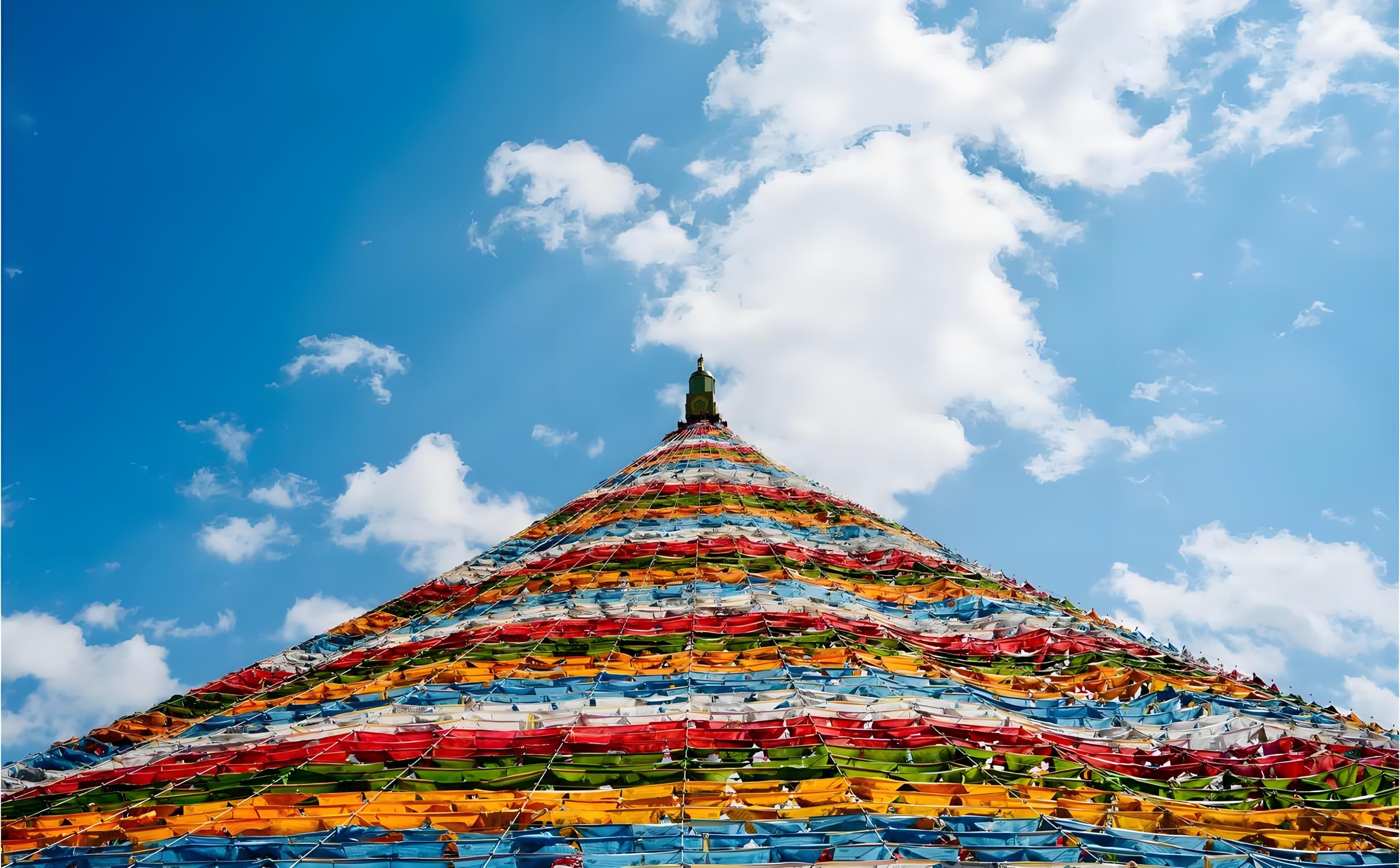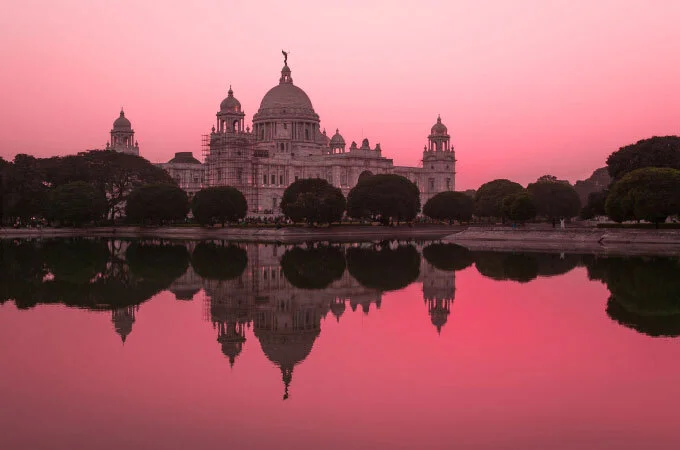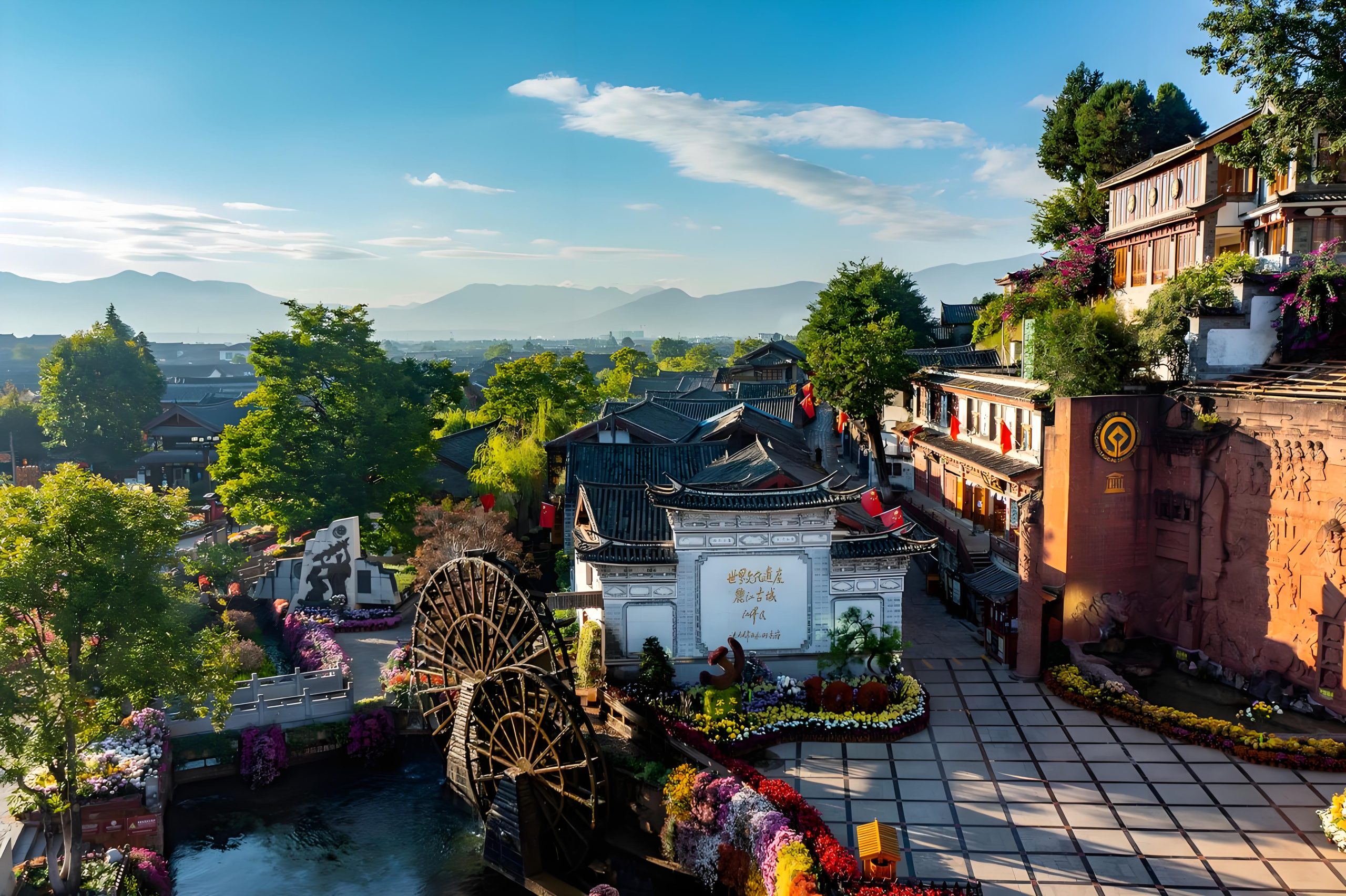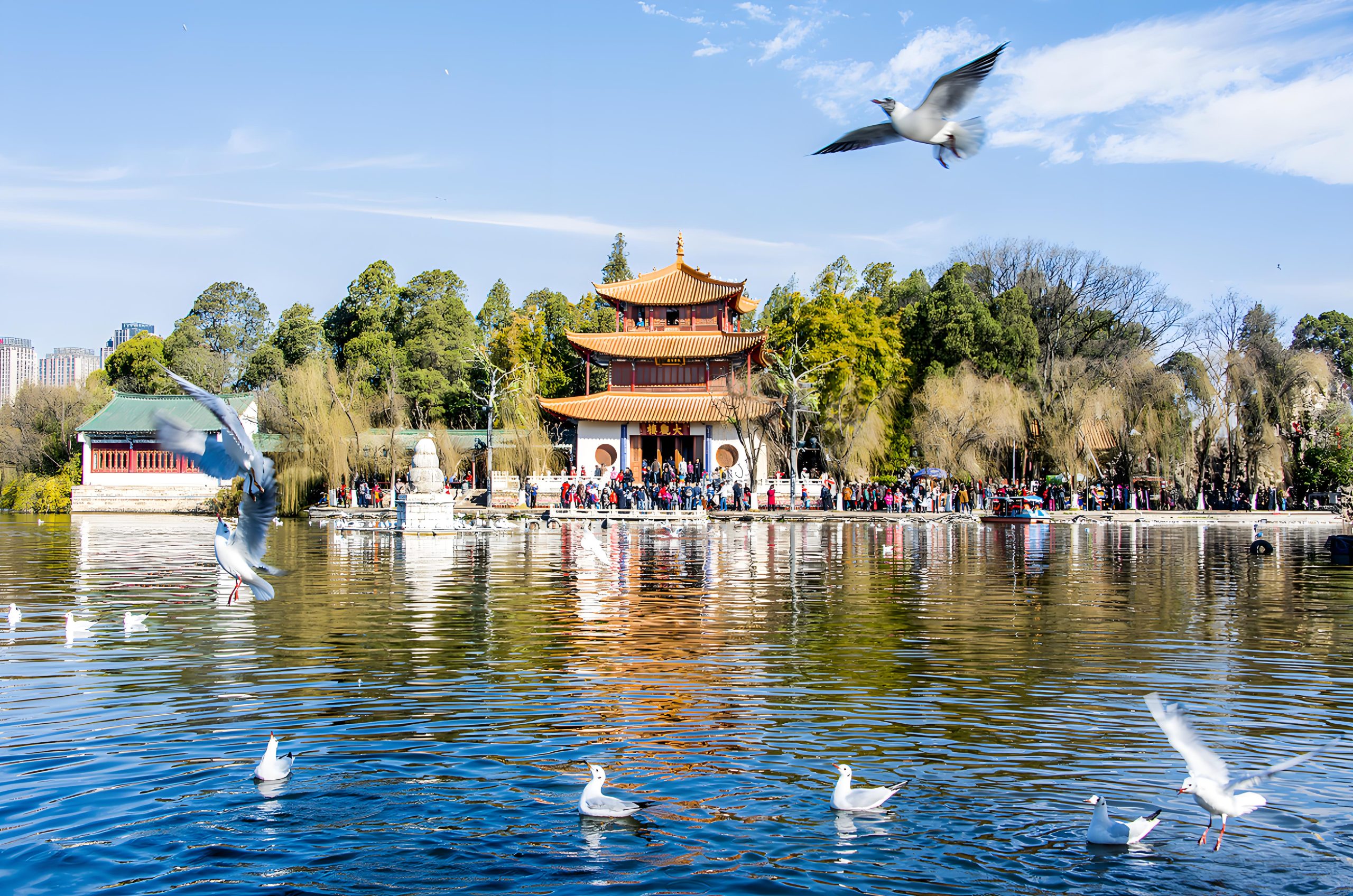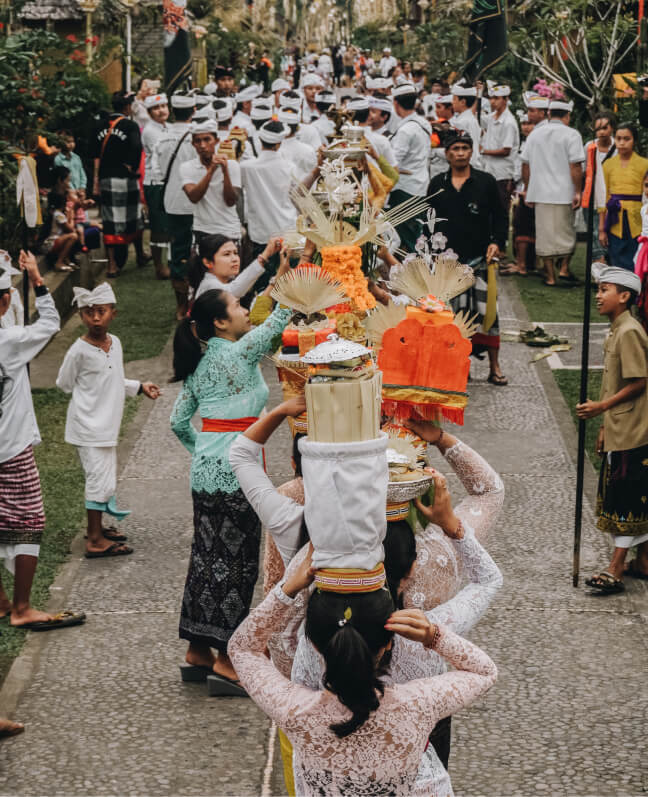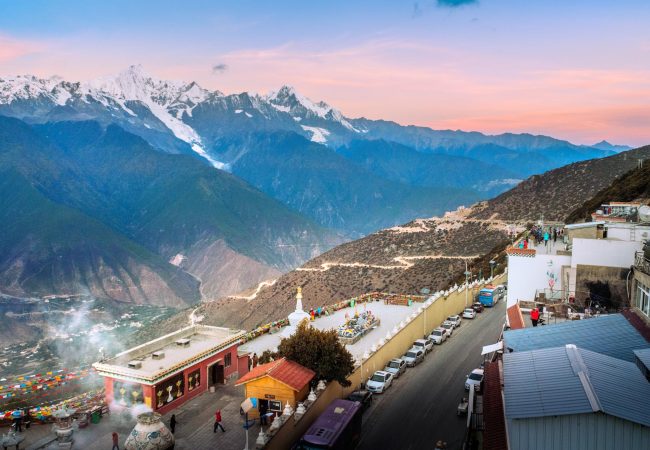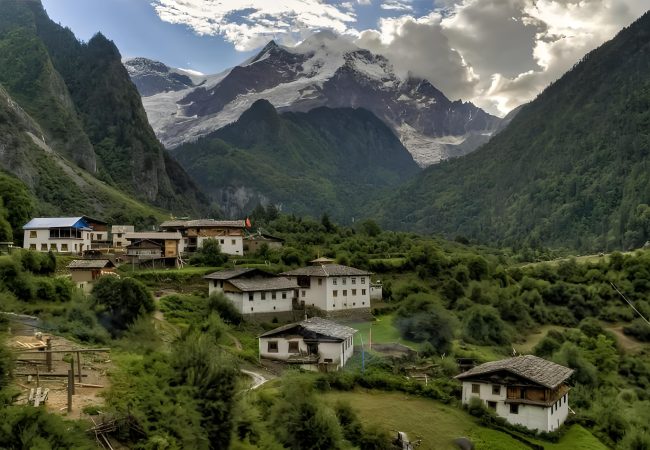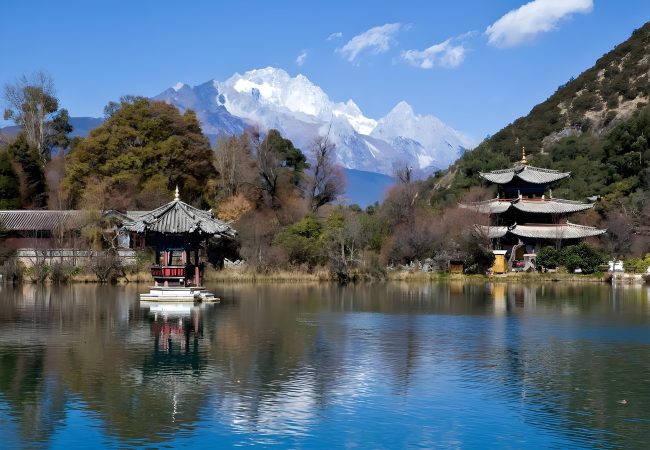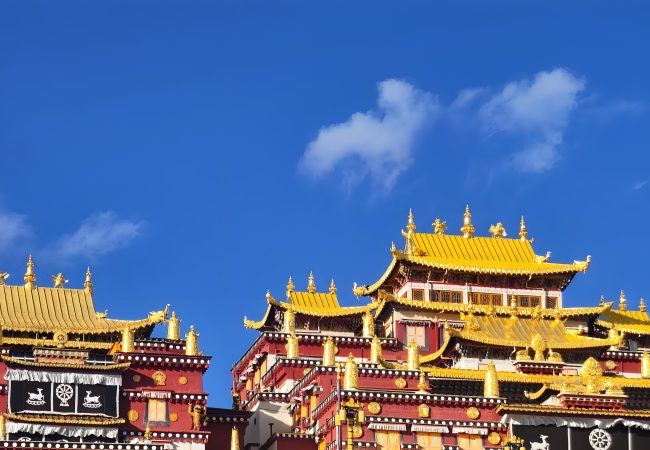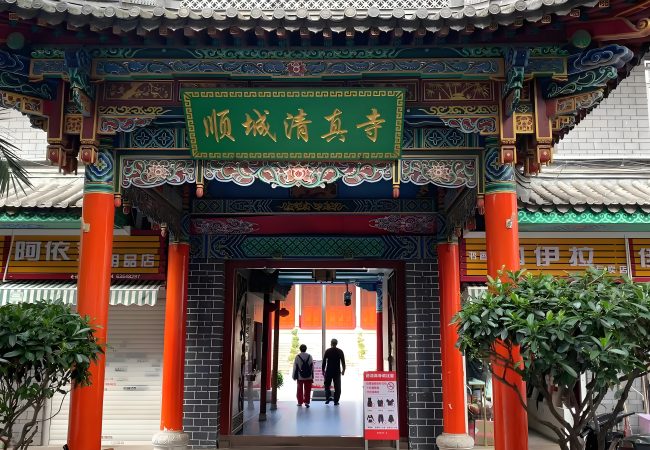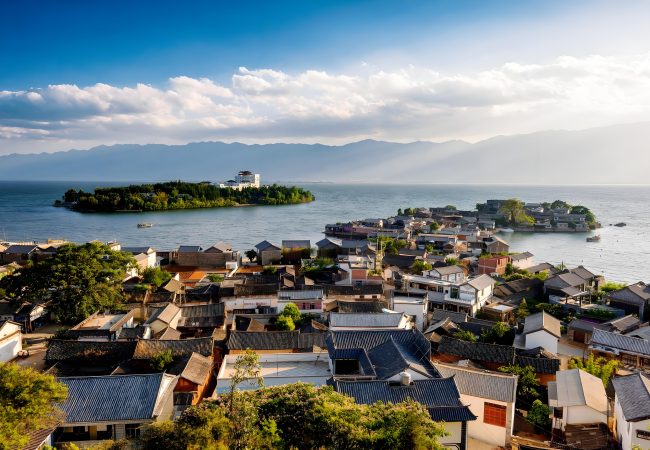zaxonjon@gmail.com
Customized professional Chinese travel for you!Book Your Tour
Shangri-La
- Home
- Shangri-La
Shangri-La: A Timeless Tale of Mountains and Monasteries
Shangri-La (香格里拉), a mystical jewel perched high on the edge of the Tibetan Plateau (青藏高原), lies in the northwestern reaches of Yunnan Province (云南省). Wrapped in the embrace of soaring mountains and crystal-clear rivers, this enchanted land stretches between 99°30′ to 100°36′ East Longitude and 27°25′ to 28°53′ North Latitude—where the spirit of Tibet (西藏), Yunnan (云南), and Sichuan (四川) converge like a sacred crossroads.
To the north, Shangri-La gazes toward the vast wilderness of Sichuan’s mountainous heartland, where ancient forests and pure rivers pulse with life. To the east and south, it borders the diverse cultures of Yunnan’s Diqing Tibetan Autonomous Prefecture (迪庆藏族自治州) and beyond, where Tibetan monasteries, prayer flags fluttering in the wind, and vibrant markets paint a living portrait of tradition and faith. To the west, the rugged valleys of Tibet beckon, with snow-capped peaks standing as timeless sentinels over a land of legend.
Shangri-La is more than a destination—it is a sanctuary of nature, culture, and timeless serenity. Here, the air carries whispers of ancient prayers, the rivers hum melodies of resilience, and every path invites travelers into a story of harmony between earth and sky. Whether you seek the grandeur of snow-clad mountains, the serenity of sacred monasteries, or the warmth of Tibetan hospitality, Shangri-La awaits with open arms, promising a journey into a dreamscape both eternal and alive.
Human and Historical Background
Shangri-La (香格里拉), once known as Zhongdian (中甸), is a land steeped in history and rich in cultural heritage. Located on the eastern edge of the Tibetan Plateau (青藏高原), this region has long been a crossroads where Tibetan, Naxi, and other ethnic cultures meet and blend.
For centuries, Shangri-La has been home to Tibetan Buddhist communities, whose monasteries and rituals have shaped the spiritual heart of the area. The iconic Songzanlin Monastery (松赞林寺), the largest Tibetan Buddhist monastery in Yunnan, stands as a symbol of this deep-rooted faith.
The name “Shangri-La” was popularized by British author James Hilton’s 1933 novel Lost Horizon, painting it as a mythical paradise of peace and harmony. Today, Shangri-La continues to captivate travelers with its breathtaking landscapes and living traditions, inviting all who visit to experience a unique blend of nature, history, and spirituality.
Cultural Heritage, Religious Harmony, and Climate Blessings
Cultural Heritage
Shangri-La (香格里拉) is a vibrant cultural mosaic where Tibetan, Naxi, and other ethnic traditions thrive. The region’s rich heritage is visible in its traditional festivals, intricate handicrafts, and ancient architecture. The majestic Songzanlin Monastery (松赞林寺) and the old town streets reflect centuries of history and artistic expression.
Religious Harmony
In Shangri-La, religious harmony is a way of life. Tibetan Buddhism shapes the spiritual landscape, with monasteries and prayer rituals filling the air with peaceful chants. Diverse beliefs coexist respectfully, creating a unique atmosphere of calm and unity that welcomes visitors seeking both spiritual reflection and cultural insight.
Climate Blessings
Blessed with an alpine climate, Shangri-La offers fresh air and cool temperatures throughout the year. Summers are pleasantly mild, autumns crisp and clear, while winters bring serene snow-capped vistas. This gentle climate enhances the natural beauty of the mountains and valleys, making Shangri-La an inviting destination in every season.
Shangri-La(香格里拉)
0.186 million
Northwest Yunnan
Chinese
Chinese yuan

50% Off
For Your First Book
Recommended Package
Starting From:
$700TAXES INCL/PERS
Starting From:
$500Please Contact Us
Starting From:
$180TAXES INCL/PERS
Starting From:
$260TAXES INCL/PERS
Starting From:
$380TAXES INCL/PERS
Starting From:
$700TAXES INCL/PERS
Starting From:
$480TAXES INCL/PERS
Starting From:
$99TAXES INCL/PERS
Join The Newsletter
To receive our best monthly deals



